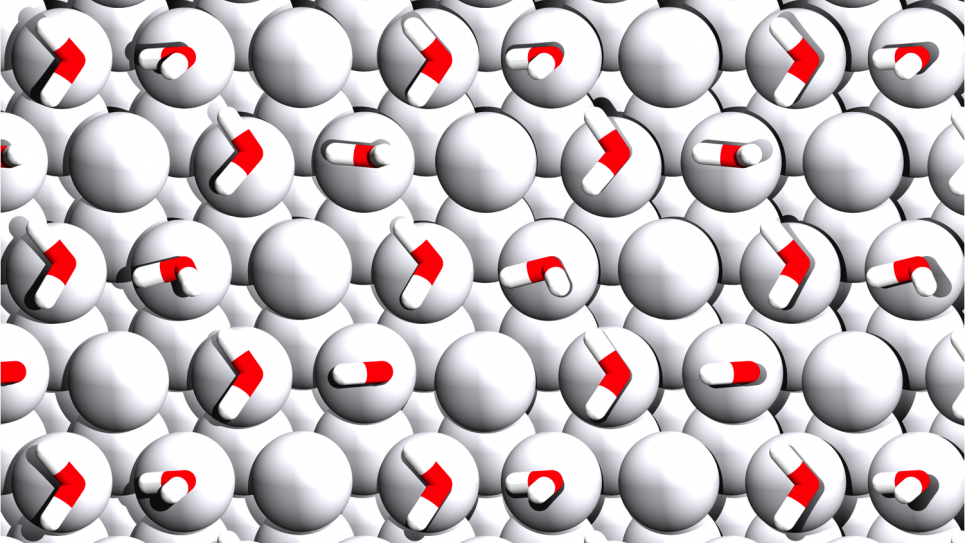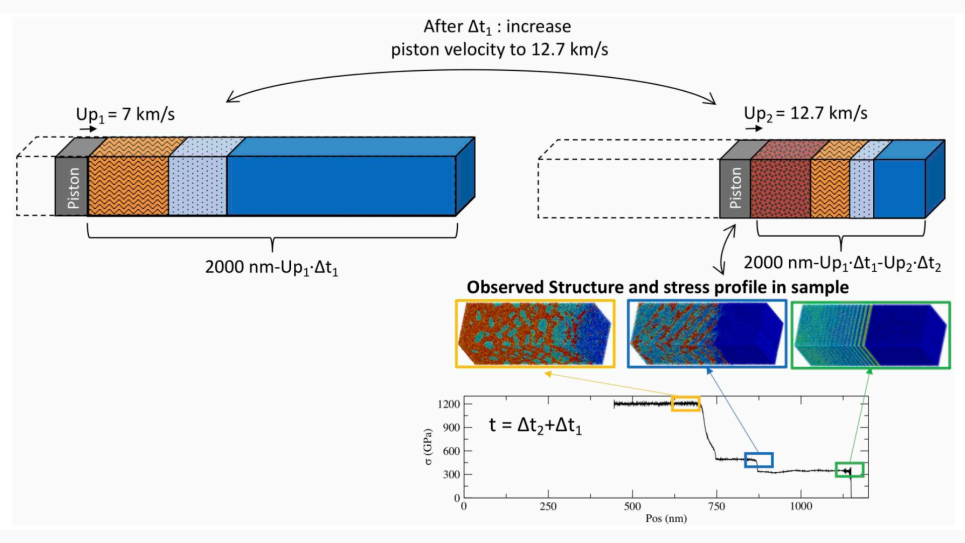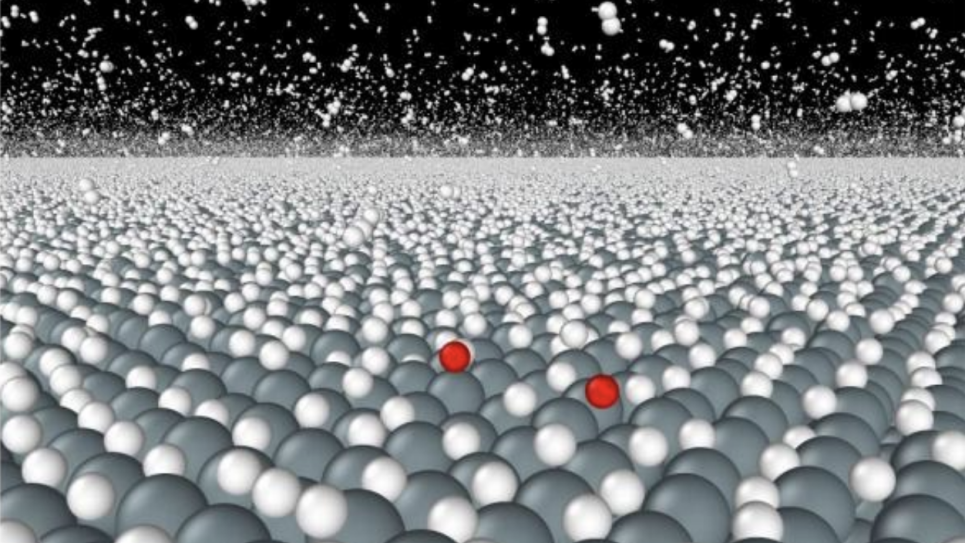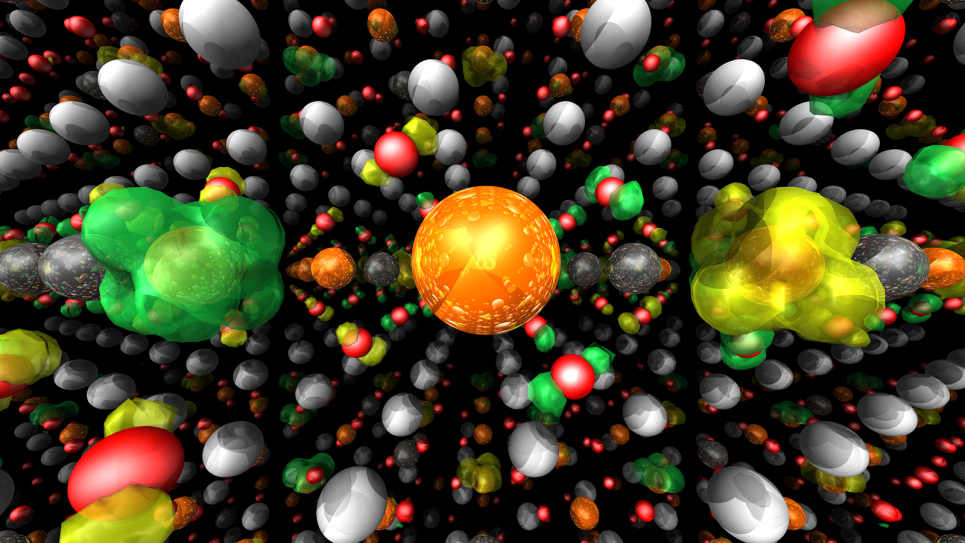
Liquid-Solid Interfaces in Electrocatalysis from First Principles
Jeffrey Greeley with Argonne National Laboratory was awarded 20 million hours for a groundbreaking study using electronic structure methods that combine modeling of solid/liquid interfaces with detailed mechanistic analysis of electrochemical deNOx chemistry to allow researchers to both understand and, ultimately, propose new catalysts with specific applications in environmental chemistry and broader applications to other electrocatalytic problems of interest.
This research will leverage new, highly parallelizable electronic structure (Density Functional Theory - DFT) codes and available computational resources to determine critical aspects of the electrocatalytic properties of transition metal/water interfaces for selective deNOx reactions. The properties of liquid/solid interfaces are only beginning to be explored with first-principles methods, and the electrochemical processing of nitrogen-containing pollutants, in particular, is a novel strategy for environmental catalysis that is poorly understood at the atomistic level. This study will be one of the first uses of electronic structure methods to combine rigorous modeling of solid/liquid interfaces with detailed mechanistic analysis of electrochemical deNOx chemistry to both understand and, ultimately, to propose new catalysts for this novel electrocatalytic process.
The approach focuses on a combination of reaction network analysis and ab initio molecular dynamics (AIMD) simulations to elucidate the key physical and catalytic properties of the electrochemical deNOx chemistry. The AIMD simulations, in particular, involve the use of large surface unit cells and selected smaller nanoparticles surrounded by explicit water molecules. Further, long molecular dynamics time scales will also be needed to obtain reasonable statistical sampling of the water properties near the interface. These AIMD runs will determine average solvation energies of surface-bonded adsorbates and transition states, permitting, for the first time, the accurate determination of surface thermodynamic and kinetic properties for the electrochemical deNOx reaction network. Additional calculations focusing on the solvated structures of charged ions near the catalyst surfaces and will provide an important step in the understanding of explicitly electrochemical, potential-induced changes in the reaction energies. Studies of the oxidation state of the catalyst surfaces as a function of electrode potential will provide important insights into the durability of these catalysts over extended periods of operation.
A secondary goal of this study will include classical molecular dynamics simulations to produce realistic, well-equilibrated starting configurations for water near planar and nanoparticle metal surfaces for subsequent input into full DFT/AIMD calculations to leverage atomistic force fields.


